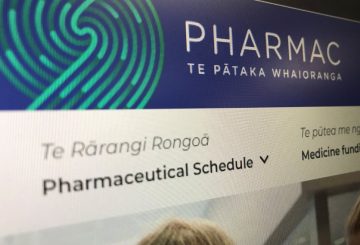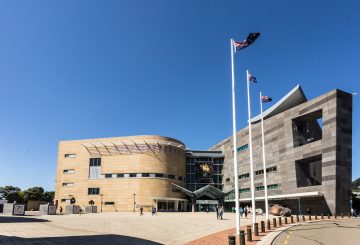新型コロナウイルスがコミュニティで確認され、ニュージーランドの人々が不安や心配を感じるのは現在当然のことです。
心理学者のサーブ・ジョハル(Sarb Johal)氏は、メンタルヘルスのケアや状況への対処法についてアドバイスをしています。
これまで何の心配もなく過ごしてきたのに、地域での感染というニュースを聞いて不信感を抱いた人もいるでしょう。ジョハル博士によると、このニュースが流れたとき、おそらく「ニュージーランド中の人が一斉に暴言を吐いた」のではないかとのことです。
彼は、世界中でデルタ型の感染者が出ていることを考えれば、不安になるのは当然だと語りました。
しかし、反応的な段階ではなく、現実に目を向けて、状況をより良くするための計画を立てることが最善だと彼は言います。
「忘れてはならないのは、今が最悪のケースであると考えて行動し、自分の身を守るために一貫した防護策をとることで、後悔がずっと少なくなるということだと思います」と述べています。
世界保健機関(WHO)は、家庭でできるメンタルヘルス対策を紹介しています。また、メンタルヘルス財団(Mental Health Foundation)では、悩んでいる人のためにいくつかのリソースを提供しています。
カンタベリーDHB(カンタベリー地区保健委員会)の公衆衛生専門家であるルーシー・ダース(Lucy D’Aeth)氏は、前回レベル4に入った際に次のようなアドバイスをしてくれました。
また、宗教を頼りにして希望を持つ人もいるでしょう。そして、メンタルヘルス財団が言っているように、お互いに親切にすることも忘れてはいけません。なぜなら、つらいときには怒りを爆発させてしまいがちだからです。
また、連絡を取り合うことやコミュニケーションも重要で、特に高齢者にとっては重要です。
自己満足に陥らないための行動
ジョハル博士はまた、パニック買いをしないように警告しています。
「私たちがすべきことは、以前このような状況を経験したとき、必要なときに必要なものを手に入れることができたと思い出すことです。」
「時間をかけて、一歩引いて考えてみてください。今だけでなく、数日後にも自分を守るために何をすべきかを考えてください」と述べています。」
これまでは、確率的には私たちは若干有利だと思っていましたが、もうそれを前提とすることはできず、一貫した行動が必要だと言います。
「外出するときにはマスクを用意したり、どうやって距離をとるかを計画したり、その場で解決するのではなく、どのように行動するかを計画することが大切です。」
「前回、家で仕事を頼まれたときに、自分も、あるいは家族もうまくいったことを思い出してください。」
これらはすでに分かっていることですが、重要なのは実際に行動することだと言います。「忘れないようにするためには、なんでも計画しなければなりません。」
ジョハル博士は、今年の初めに地域感染が発生した際、「人々は目に見えない脅威に甘んじるようになり、パンデミック開始時のメッセージは強力だった」と語りました。
「ウイルスを持っているように行動しなさい。」
「ウィルスを持っているように行動すれば、物理的に距離を置く、手を洗う、マスクを着用するなど、アイデンティティに付随するすべての行動が後からついてくるのです。」
「情報を得るだけではなく、文化や多くの人がそのような行動をとるのを見ることで、より受け入れやすく、当たり前のことになるのです。」
「よく、『コロナがないから検査する必要はない』と言う人がいますが、それは間違いです。コロナがここにあるかどうかは、来てみないとわかりませんし、おそらくコミュニティに入ってから14日経たないと現れないでしょう」






























































